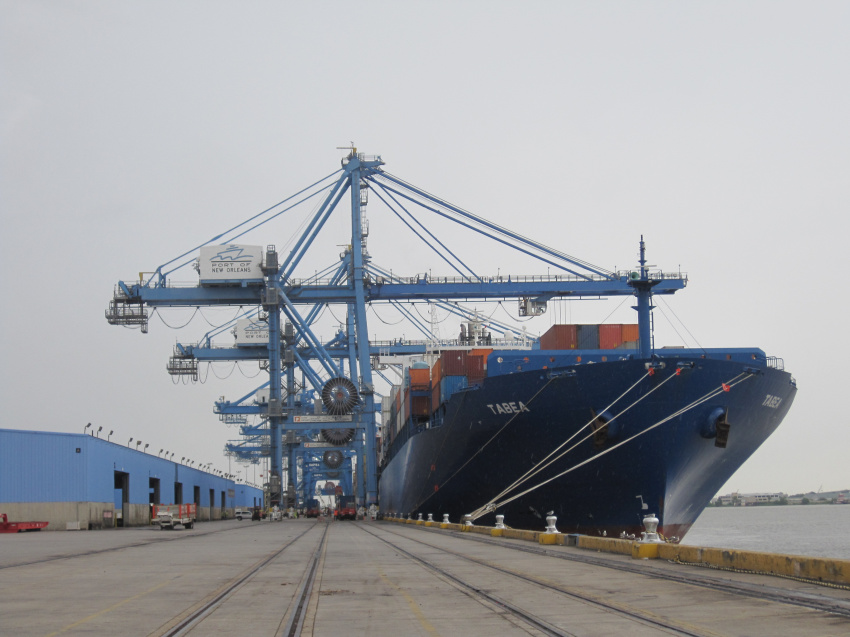Creating Opportunity by Building and Promoting Value

Connecting the links of the U.S. soy value chain strengthens U.S. soy’s international marketing. The soy checkoff, United States Soybean Export Council and the American Soybean Association — the U.S. soy community — partner to educate, address challenges and build opportunities with customers through the International Animal Nutrition Working Group.
The IANWG gathers farmers, buyers and end-users of soybeans — all the links of the value chain — to build relationships and foster understanding of other perspectives, all to ensure U.S. soybean meal delivers the quality customers require.
The unlinked value chain
Each link of the value chain focuses on a different facet of soy. Buyers consider many factors when purchasing soy: multiple options at varying prices and quality, transportation logistics and more. Not to mention, buyers evaluate beans on crude protein content. At the same time, end users of soy, primarily animal nutritionists, are looking at the digestible components of protein in their formulations, such as amino acids and energy.
Additionally, brokers — the liaisons between sellers and buyers — do not factor in quality in the same ways end users do. USSEC and your soy checkoff are working to educate soy buyers and end-users about the opportunity to make a premium by selling the higher-quality product of U.S. soy.
Addressing this gap in the market to help build demand for U.S. soy is always important, but especially when prices are down and profit margins are slim.
Supply and demand drive soybean prices. While not the only dynamics, at the simplest level, the price is driven by how many soybeans are produced in a given year compared to the demand to purchase those beans. The surplus is compared to the total use for the year. This stocks-to-use ratio drives the price of soybeans and other commodities.
If the surplus is high, prices will fall because supply is plentiful. Alternately, if the surplus is small, prices will increase. When the surplus is below 12-13% in a given year, soybean prices generally increase. This year, the surplus is expected to be around 25%. Even with weather or other impacts, there will be no shortage of soybeans. The surplus in 2018 was just over 27%, so there has been ample supply for two years, and the market has felt the effects, according to USDA World Agricultural Supply and Demand Estimates data.
Building demand beyond the U.S.
Regardless of each year’s available supply, developing and growing new markets is a key focus to increasing demand for U.S. soy. Currently, the U.S. exports more than 55% of its soy, according to USB’s 2018 Market View Database. For many years, China has been a priority soy export market. Thanks to China’s crushing capacity growth and its pork industry, the country has a huge demand for soy. Although U.S. soy has always been exported to many countries, trade issues with China have fostered a healthy diversification of the customer base. Diversifying export markets will continue in the future, helping insulate U.S. soy from other potential trade disruptions.
Southeast Asia and Europe are increasingly valuable export markets, especially as Europe increases pork exports to African swine fever-stricken China. The U.S. soy community sees building those markets as a key strategy to increasing demand for U.S. soy.
Through the IANWG, the U.S. soy community leverages its unique knowledge, capabilities and service to solve challenges which impede sales. No competitors approach marketing this way, and it differentiates U.S. soy. By connecting the people — farmers, buyers and nutritionists — marketing extends beyond the product features of quality and reliability to build trust through the personal service provided.
The soy checkoff continues to build demand for U.S. soy in international markets. Together with USSEC and ASA, the three organizations continuously work to promote the quality that U.S. soy delivers and bridge the gaps between the farmers to the consumer.



